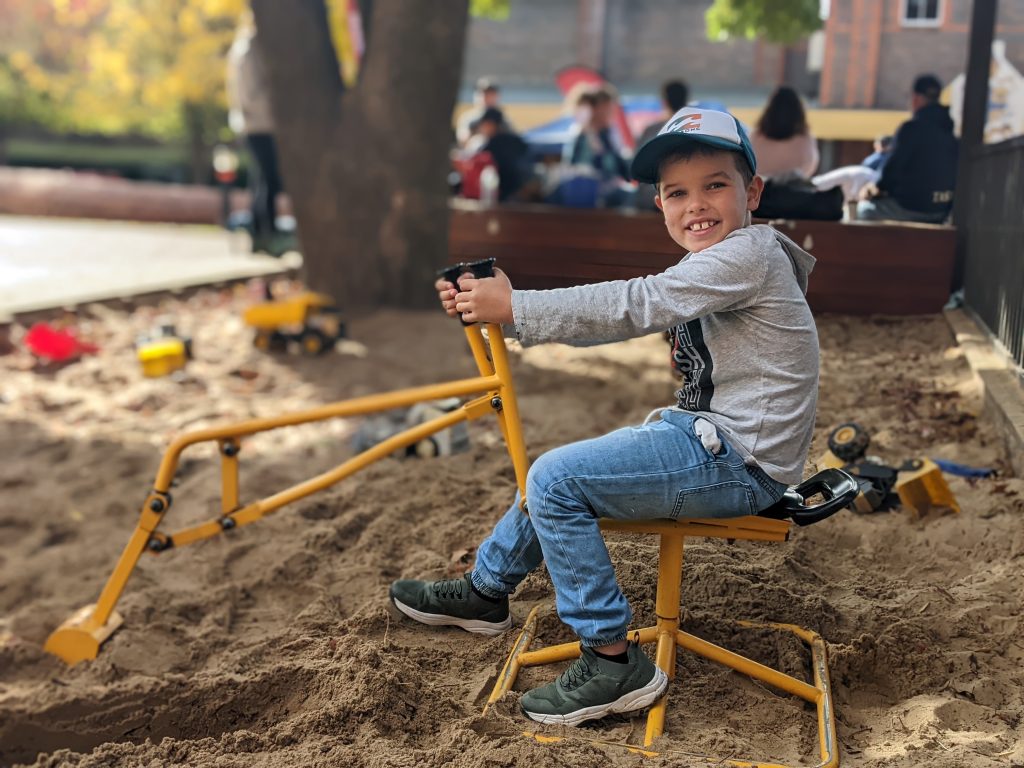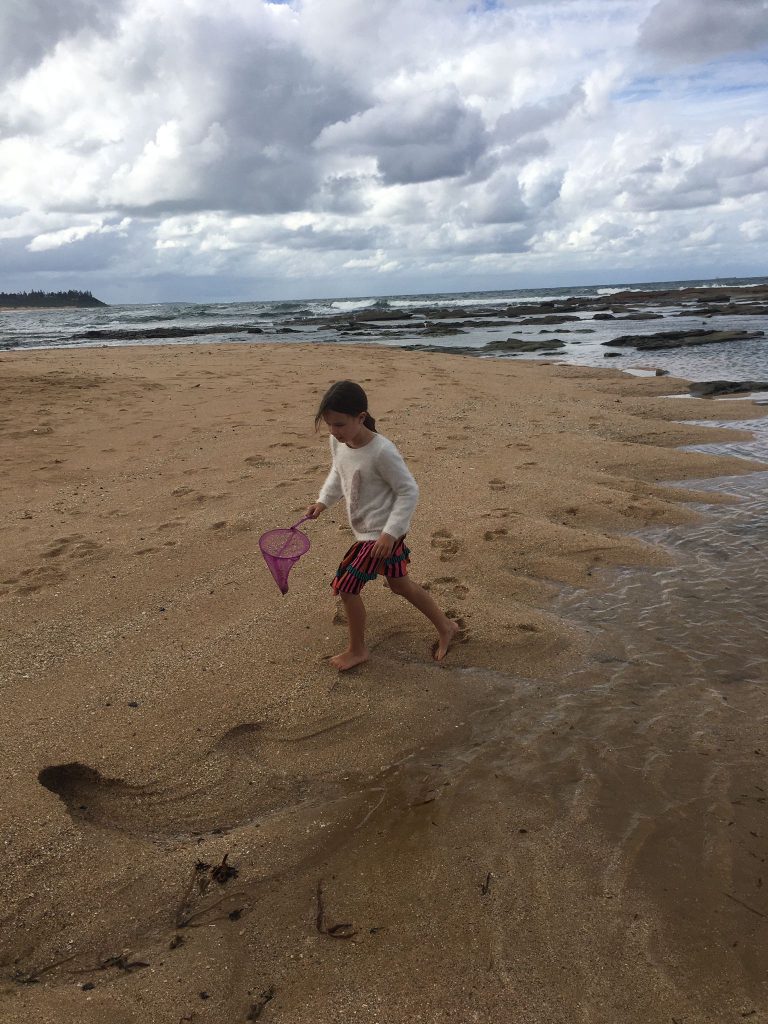Author: Rachel Duff, Paediatric Occupational Therapist
8 min read
As parents, we hear a lot about making sure our kids eat the right food; that they have a balanced diet. Many of us are kids of the 80’s, an era when our diets probably weren’t that balanced, but we did spend a lot of time outdoors, exploring and getting our sensory fill from nature. Things have changed. We are now closely curating our kids’ dietary input, but have we forgotten about what’s on the menu for their sensory development?“
Rachel Duff

Why is nature important for development?
Time spent amongst nature benefits our kids. From improved mental health, endorphin levels and dopamine production (happy hormones), greater attention, a stronger memory and problem solving abilities, nature is more than fresh air and sunshine. Not only does being in nature reduce cortisol levels (stress hormone), it also provides ever-changing opportunities to develop fine and gross motor skills. Best of all, it’s free.
How do I incorporate nature into my child’s sensory diet?
Simply put, just get outdoors! There are boundless opportunities for smells, sounds, sights, textures, tastes, and movement.
Proprioceptive input
This provides a sense of body awareness, detects force, and helps support regulation through input into the muscles and joints. Proprioception in nature can look like:
- Building a sandcastle (digging holes, carrying buckets of sand and water)
- Running or walking up or down hills
- Pushing a wheelbarrow
- Jumping along stepping stones or other rocks and logs
- Throwing or carrying rocks
- Bike riding
Vestibular input
Vestibular input tells us where our head is in space by providing information about change in position, direction, and movement of the head. Engaging the vestibular system in nature can be done by:
- Rolling down a hill
- Swinging on a branch, rope, or swing
- Cartwheels
- Bending to collect stones, leaves and flowers
- Balancing along logs and branches
- Hanging upside down
- Twirling

Interoceptive input
These inputs come from the body’s internal receptors that provide information about pain, hunger, thirst, tiredness, temperature, digestion, and bowel and bladder needs.
- Playing in the sun
- Jumping in puddles
- Digging in the soil
- Playing in dewy grass
- Laying on the grass or sand
- Playing in the rain
- Flying a kite (head somewhere windy)
- Make a campfire
Tactile (touch) input
This information provided from the receptors in the skin and can help support regulation and develop body schema. Activities include:
- Going barefoot (in water, sand, soil, grass, along logs)
- Running through long grass, well established gardens and bushland
- Mud play
- Cinnamon donuts (get your skin wet and then roll in dry sand)
- Crunch leaves
Visual input
Input from the eyes is not just about the things you see but also interpreting this information to make sense of the visual details. Natural opportunities for visual input include:
- Star gazing
- Cloud watching
- Nature I spy
- Animal or insect bingo
- Bubbles
- Leaf boats (floating leaves in a stream or gutter)
Olfactory input
This is the sense of smell. Smell helps to protect from environmental hazards, triggers appetite, and regulates emotions.
- Smell flowers, plants, trees and bark
- Wave hands or run through a herb garden
- Make flower crowns or necklaces
- Dig in rich, damp soil
- Go outside just before and just after rain
Gustatory input
Gustatory input is all about our sense of taste. Nature presents plenty of opportunities, both naturally occurring and created, to explore this sense. Head outdoors and try:
- Fruit picking
- A bush tucker tour
- Plant an edible garden
- Eat messy foods outside (eating watermelon and spitting out the seeds is a favourite childhood memory of mine)
Auditory input
This is information provided by the ears that helps to give the body information about the space around someone. Having time to sit in silence and listen to the sounds of nature can be very regulating. Give these ideas a try:
- Tap with sticks
- Snap sticks
- Jump, run and roll around in dry leaves
- Sit silently and listen for animals
- Listen to waves crashing at the beach
- Play copy cat (copy bird and animal sounds you hear)
What if I can’t access the outdoors?
If you can’t get to nature, then bring nature to you!
- Play in natural light by a window
- Use leaves, bark, sticks, rocks, feathers etc., that were previously collected, for craft or building
- Raindrop races (watch rain drops race down the window)
- Plant herbs and scented flowers like lavender in indoor pots
- Bird watch from a window
- Grow a mushroom kit
- Hang pictures of nature scenes
- Play and care for pets
- Read books about nature
- Explore a box of sand with hidden treasures
Children are designed to be in the great outdoors and exploring the world around them. This is an important part of their overall development. This all sounds really simple, but if time spent in nature isn’t currently part of your regular routine, getting some extra help to establish this might be what you need. The team at MoveAbout have created lots of helpful resources for parents and are available for a friendly chat if you’d like to build a more intentional sensory diet for your child.
GET IN TOUCH

